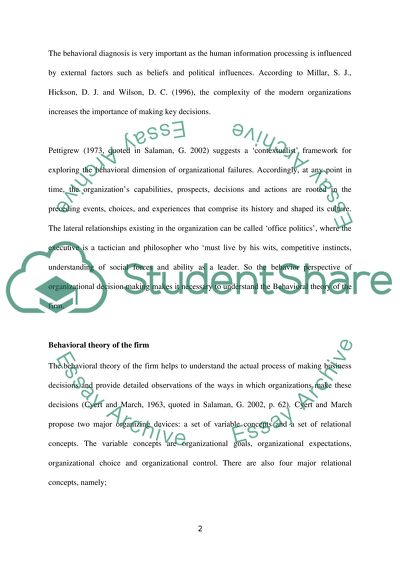Cite this document
(“The ideal decision making process is unrealistic Essay”, n.d.)
The ideal decision making process is unrealistic Essay. Retrieved from https://studentshare.org/miscellaneous/1505189-the-ideal-decision-making-process-is-unrealistic
The ideal decision making process is unrealistic Essay. Retrieved from https://studentshare.org/miscellaneous/1505189-the-ideal-decision-making-process-is-unrealistic
(The Ideal Decision Making Process Is Unrealistic Essay)
The Ideal Decision Making Process Is Unrealistic Essay. https://studentshare.org/miscellaneous/1505189-the-ideal-decision-making-process-is-unrealistic.
The Ideal Decision Making Process Is Unrealistic Essay. https://studentshare.org/miscellaneous/1505189-the-ideal-decision-making-process-is-unrealistic.
“The Ideal Decision Making Process Is Unrealistic Essay”, n.d. https://studentshare.org/miscellaneous/1505189-the-ideal-decision-making-process-is-unrealistic.


